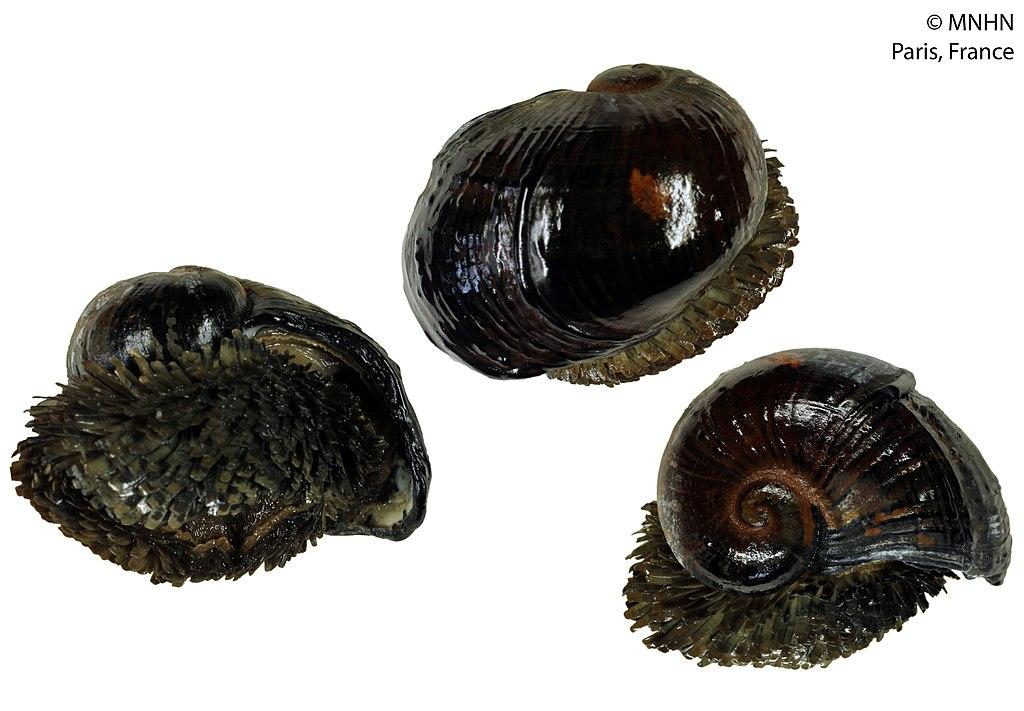Meet the punk rocker of the gastropod world.
The scaly-foot snail lives deep in the Indian Ocean. It makes its home just yards away from hydrothermal vents—if the snail got any closer, it would be scalded by the vents’ volcanically heated water! Add that to the crushing water pressure and little food, and it’s a tough neighborhood. But the rebellious snail thrives anyway—and fashionably. The snail’s soft body is a dark red. Meanwhile, its shell, and the hard scales covering its protruding underbelly, are metallic black. It’s the snail equivalent of a studded leather jacket. The water may be warm, but that snail is looking pretty cool.
Better yet, these gastropods aren’t metallic black simply in looks: the snail is literally metallic. As hydrothermal vents spew minerals, scaly-foot snails incorporate iron into their shells and scales. It’s a process known as biomineralization, where organisms use minerals to produce hard tissues. Your bones are strong thanks to biomineralization. The scaly-foot snail, however, is one of a kind: it’s the only known organism to use metals in this way.
And, in fact, it’s the only gastropod to have biomineralized scales. The foot of the snail is the underbelly that protrudes from the shell. Hundreds of scales, or plates, cover this snail’s foot, and give it its name. These plates have an iron-rich coating, giving the scales strength and their black sheen.
Some scaly-foot snails have pale bodies, plates, and shells, if they live in iron-deficient waters. But no matter its coloring, the scaly-foot snail—with its tough exterior and will to survive—embodies true punk rock.










